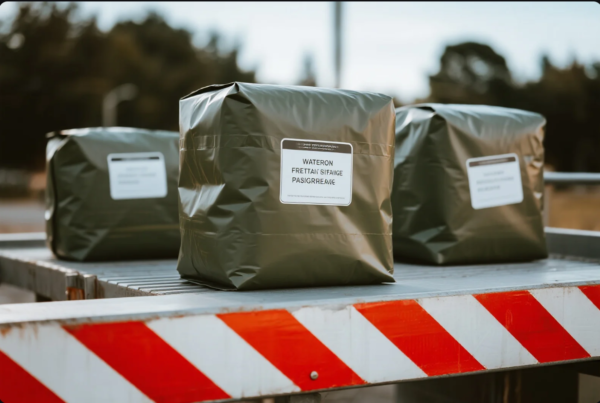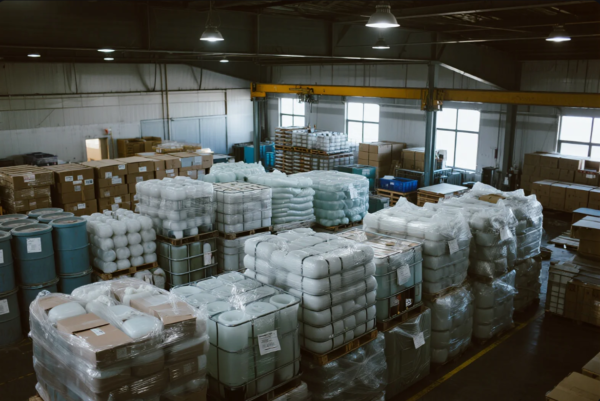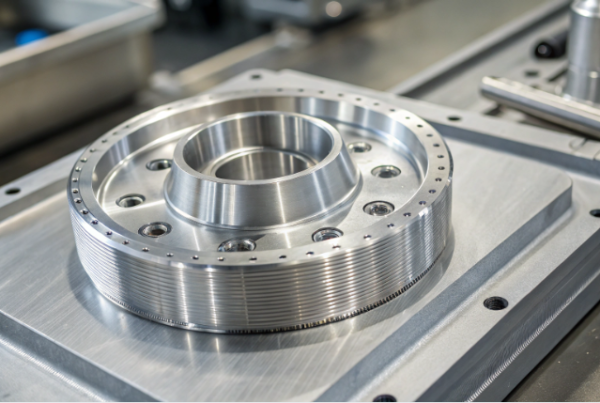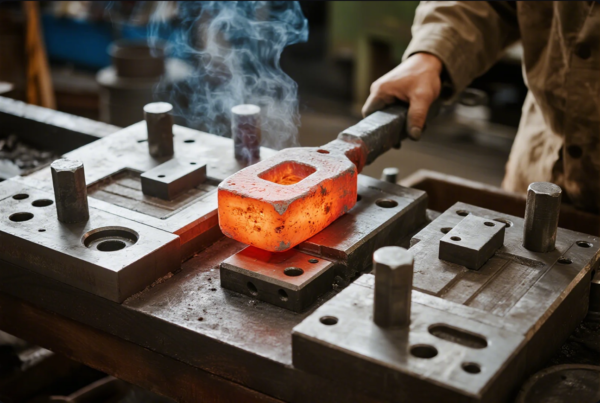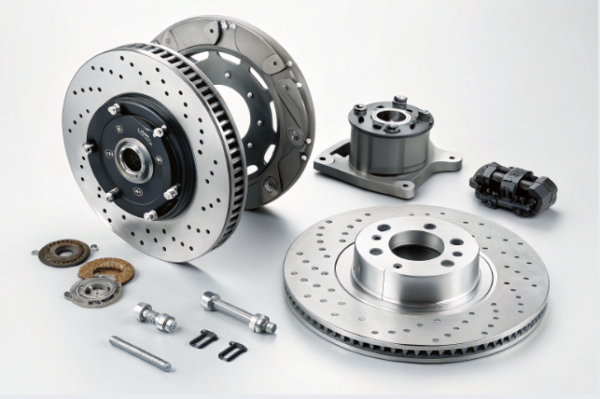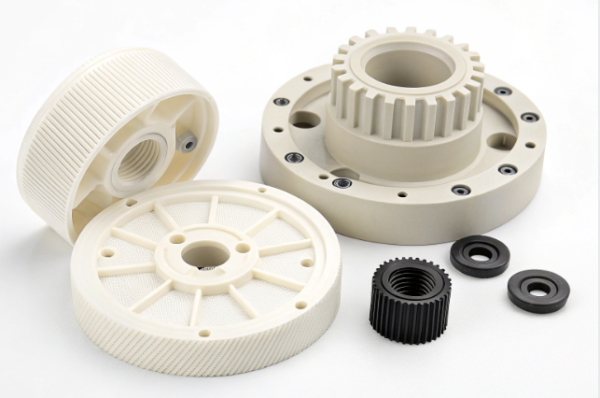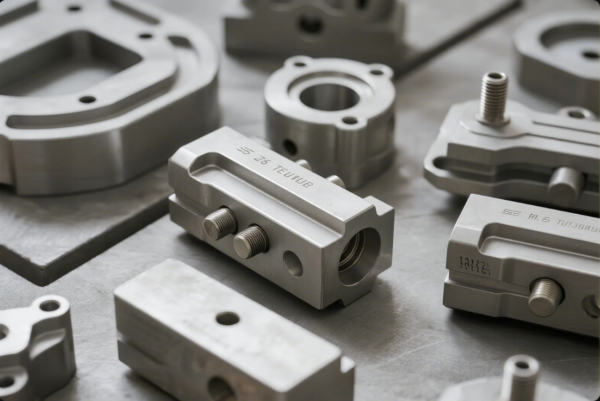How Long Does 3D Printer Filament Last?

3D printing users and purchasing managers all want to know: How long does 3D printer filament last, and how do I avoid waste? Many professionals find their prints ruined by expired or low-quality material, leading to lost time and money. This guide will give you all the answers, with industry-verified solutions, real-world advice, and direct referrals to the best filament brands and resources in the global market.
Filament, such as PLA, ABS, PETG, and nylon, can last 6 months to 2 years if you use reliable packaging and maintain strict storage protocols. Always inspect before use. Top brands use vacuum-sealing and include silica gel for best preservation.
If you have ever experienced failed prints, brittle plastic, or popping noises, this article will help you avoid those problems. Read on for actionable tips, expert references, and direct links to the best suppliers and industry content worldwide.
How Long Does Filament Last in a 3D Printer?
Your filament’s lifespan relies on proper handling, climate, and material. PLA and PETG are stable for 18-24 months, while nylon and PVA may spoil in as little as 6 months if not kept dry.
Filament will last 6 to 24 months with dry, dark storage and vacuum-sealed packaging. Products from Hatchbox, eSUN, and Polymaker are well-known for reliable shelf life.
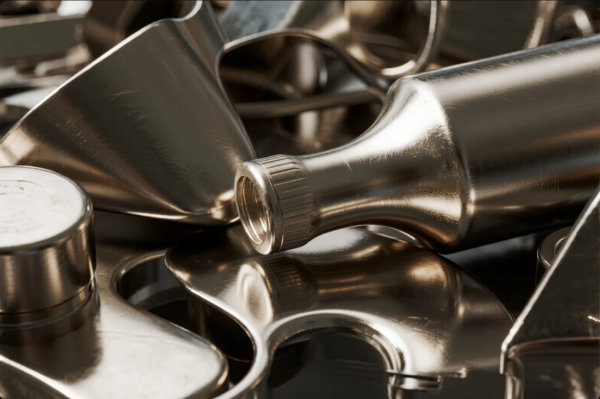
Dive Deeper: What Factors Control Filament Shelf Life?
I always suggest buyers invest in brands with airtight, resealable packaging. According to All3DP and Tom’s Hardware, humidity and sunlight are the biggest risks. If you store your filament in PrintDry containers or Sunlu dry boxes, you can double the practical lifespan.
Key brands to trust for quality and packaging:
You should also check Filaments.ca, Rigid.ink, and ZYLtech for international options.
| Filament Type | Shelf Life | Key Brands | Packaging |
|---|---|---|---|
| PLA | 18-24 mo | Hatchbox, Polymaker | Vacuum, sealed |
| ABS | 12-18 mo | Prusament, Overture | Vacuum, desiccant |
| PETG | 18-24 mo | MatterHackers, Sunlu | Sealed, dry box |
| Nylon | 6-12 mo | 3DXTech, Taulman3D | Vacuum, extra dry |
| TPU | 12-18 mo | SainSmart, Esun | Vacuum |
How to Tell If Filament Has Gone Bad?
Many engineers report failed prints and blame their machines, but material is often the problem. When filament has absorbed moisture, you may notice bubbling, stringing, cracks, color changes, or “popping” sounds.
Test old filament by bending, printing a small test, and checking for weak, rough, or brittle results. Top brands like MatterHackers, Raise3D, and Prusa offer free guides for troubleshooting.

Dive Deeper: Detecting Bad Filament in Real Life
Experienced users recommend checking for visual cracks, faded color, or brittle strands. 3D Printing Stack Exchange discusses how popping sounds and bad layer adhesion signal filament trouble.
You can often rescue slightly degraded filament using a PrintDry Pro or a Sunlu Filament Dryer. For home solutions, see DIY dry box instructions. Brands like Filament PM and Proto-Pasta also have tips.
Key checks:
- Bend test: if it snaps, it’s bad (All3DP test method)
- Print test: watch for weak layers (Simplify3D troubleshooting)
- Inspect for white marks or bubbles (Filaments.ca warning signs)
How Much Can You Print With One Roll of Filament?
Customers often ask, “How many parts can I print per spool?” The answer depends on print size, infill, and supports. For reference, most slicing tools like Ultimaker Cura or PrusaSlicer estimate grams used per print.
A standard 1kg spool of PLA prints about 300-400 small parts, or 2-3 large engineering prototypes. For more details, see 3D Natives’ coverage.
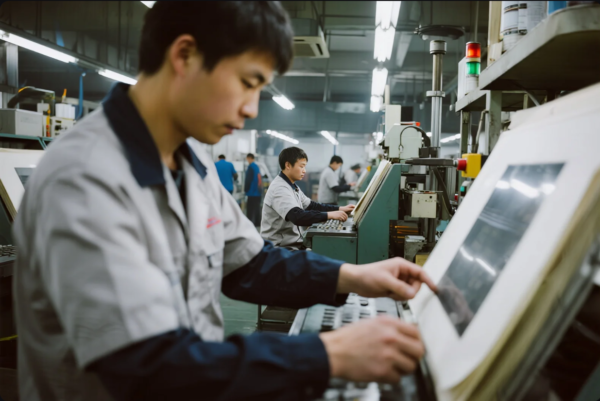
Dive Deeper: Calculating Filament Usage for Projects
I use slicing software for every order and recommend Thingiverse for model benchmarks and Printables for print community data. Also, try Prusa Calculator for precise planning. Industry benchmarks show:
| Part Type | Average Weight | 1kg Spool Yield | Sample Files |
|---|---|---|---|
| Bracket | 5g | 200 | Link |
| Medium gear | 25g | 40 | Link |
| Phone stand | 20g | 50 | Link |
| Chess piece | 10g | 100 | Link |
| Enclosure | 250g | 4 | Link |
For visual planning and troubleshooting, Cults3D and YouMagine offer free, downloadable STL files and print previews.
Do 3D Printer Filaments Expire?
Every filament, no matter the brand, will eventually degrade. Moisture, heat, and UV exposure are the most common causes.
Even if you use vacuum bags and airtight bins, check every spool before loading into your printer.
Filament shelf life ranges from 6 months for nylon and PVA to over 2 years for PLA or PETG when well-stored. Rotate your stock and use Moisture Indicator Cards for extra confidence.
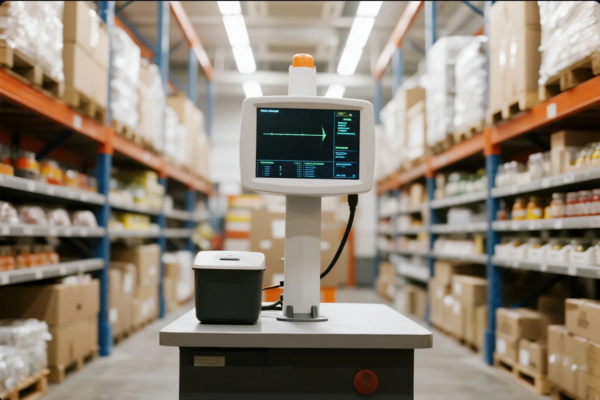
Dive Deeper: Extending Filament Life With Proper Storage
Industrial buyers can boost ROI and avoid loss by using only ISO 9001 certified suppliers. Top sources like Alibaba, 3D Printing Industry, and Filament PM highlight storage and batch control as the key to long shelf life.
All3DP’s storage guide and Raise3D Academy have top-rated industry advice.
For heavy users, consider Polymaker PolyBox and Esun Dry Box. For temperature and humidity tracking, Govee is a trusted brand.
FAQs About 3D Printer Filament Lifespan
Q1: Which filament brands have the longest shelf life?
A: Hatchbox, Prusament, Polymaker, MatterHackers, and Overture3D are widely trusted for both raw material quality and packaging.
Q2: How do I know when to throw away filament?
A: If filament is brittle, produces bubbles, or causes poor adhesion—even after drying—dispose of it. See Filament PM’s blog and MatterHackers troubleshooting.
Q3: Can old filament damage my printer?
A: Yes, jammed extruders and clogged nozzles are common with degraded filament. For help, visit Prusa Support or 3D Printing Stack Exchange.
Q4: Is it worth using professional storage equipment?
A: For high-volume buyers, yes. PrintDry, Polymaker PolyBox, and Sunlu Dry Box provide value. Tom’s Hardware review covers top models.
Q5: Does environmental humidity affect shelf life?
A: Absolutely. Humidity is the main reason for early failure. Creality’s blog and Filaments.ca tips explain how to measure and control it.
Q6: What is the best method to dry wet filament?
A: Use dedicated dryers or an oven at 50°C. Raise3D’s drying guide covers drying times for all materials.
Q7: Are all spools compatible with vacuum bags?
A: Most are, but check the dimensions. Esun and AmazonBasics have universal solutions.
Q8: What accessories do large buyers need?
A: Use Moisture Indicator Cards, hygrometers, and extra desiccant packs.
Q9: Is there a big difference between hobby and industrial filament?
A: Yes, industrial filament (like Prime Custom Parts) is made to ISO 9001 standards and batch-tested for export.
Q10: Where can I find more technical guidance?
A: Try 3D Printing Industry, 3D Hubs Knowledge Base, and All3DP’s learning center.

Conclusion
Select top-quality, certified suppliers for your filament needs. Store all material in dry, dark, and temperature-controlled environments. Regularly check and rotate stock, and use the best accessories to ensure zero waste and top performance.
Contact Prime
Ready to boost your industrial output? For ISO-certified, custom metal and plastic parts, or expert filament supply, reach out now:
Website: https://primecustomparts.com/
Email: [email protected]
Send your inquiry today for a free consultation, professional quote, and fast, stable delivery. Work with Prime for reliable, globally trusted supply and full technical support.

